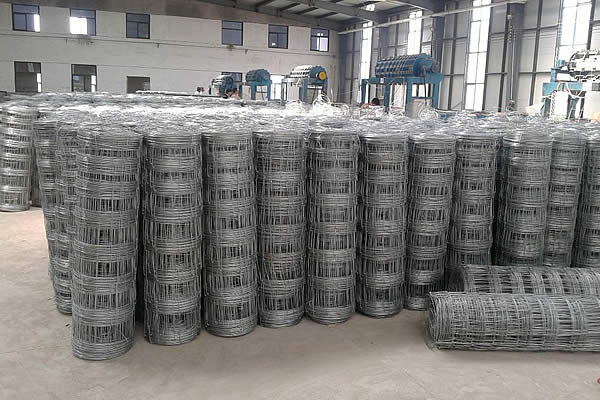 TEL:
+86-13102802206
TEL:
+86-13102802206
 Email:
fencenetting@china.com
Email:
fencenetting@china.com
 Language
Language
 TEL:
+86-13102802206
TEL:
+86-13102802206
 Email:
fencenetting@china.com
Email:
fencenetting@china.com
 Language
Language


Stainless Steel Mechanics Wire Properties and Applications
Stainless steel mechanics wire is an essential material in various industrial and engineering applications due to its remarkable properties and versatility. Made primarily from iron, chromium, and often nickel, stainless steel is known for its strength, durability, and resistance to corrosion, making it an ideal choice for environments that require high performance and reliability.
One of the hallmark features of stainless steel mechanics wire is its exceptional tensile strength. This property allows the wire to withstand considerable pulling forces without breaking or deforming, making it suitable for applications such as suspension systems, cables, and various structural components. Moreover, stainless steel’s inherent resistance to corrosion ensures that the wire maintains its integrity over time, even when exposed to moisture, chemicals, or harsh environmental conditions. This durability extends the lifespan of products and minimizes the need for frequent replacements, thereby reducing maintenance costs in industrial settings.
In addition to its strength and corrosion resistance, stainless steel mechanics wire is also known for its excellent formability. The wire can be easily manipulated into different shapes and sizes, allowing for its use in a wide range of applications. Whether it’s used for creating springs, cables, or mesh surfaces, the adaptability of stainless steel wire makes it a preferred choice among engineers and manufacturers.

Stainless steel mechanics wire is used in numerous industries, from construction and automotive to aerospace and medical. In the construction industry, it is often utilized in reinforcing concrete structures, ensuring that they remain both strong and stable. In the automotive sector, stainless steel wire is commonly found in brake lines and various engine components, where reliability is paramount. In aerospace applications, the lightweight yet strong characteristics of stainless steel wire contribute to safety and performance in aircraft design. Additionally, the medical field employs stainless steel wire in surgical instruments and devices due to its biocompatibility and ability to be sterilized without degrading.
Furthermore, the versatility of stainless steel wire extends to aesthetic applications as well. It is often used in decorative elements, providing not only functionality but also an appealing visual aspect to various projects.
In conclusion, stainless steel mechanics wire is a valuable material that offers a blend of strength, corrosion resistance, and versatility. Its wide range of applications across multiple industries highlights its importance in modern manufacturing and engineering. As technology advances, the development of stainless steel wire continues to evolve, ensuring that it remains a fundamental component in the creation of durable and reliable products.